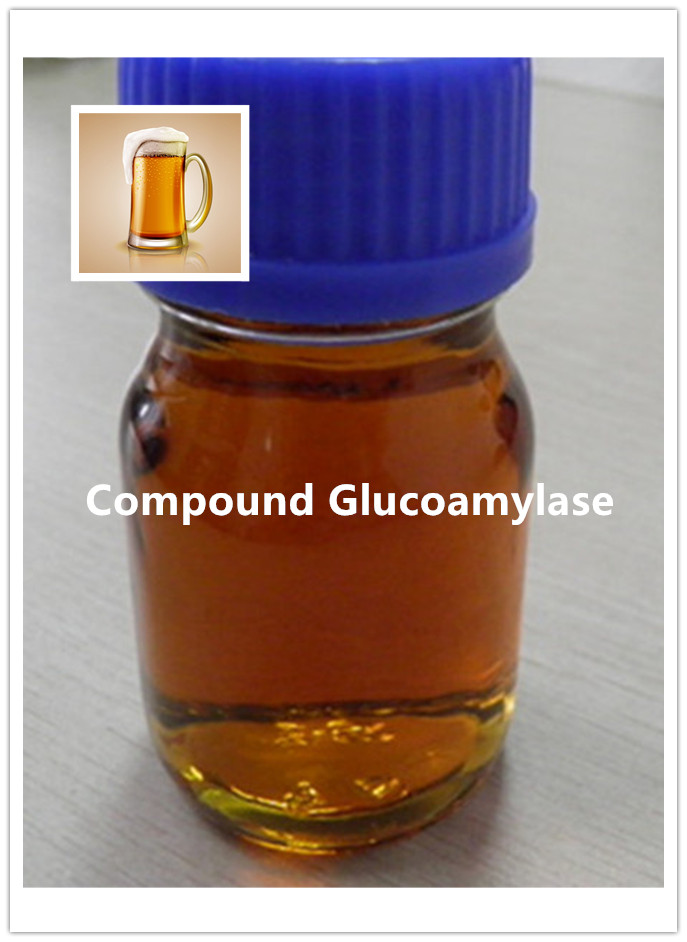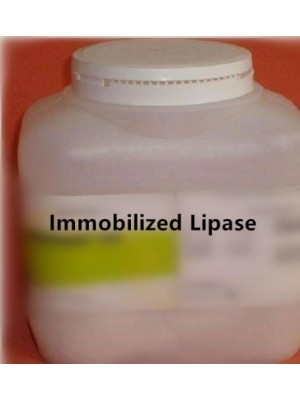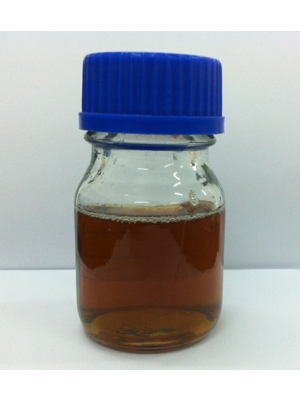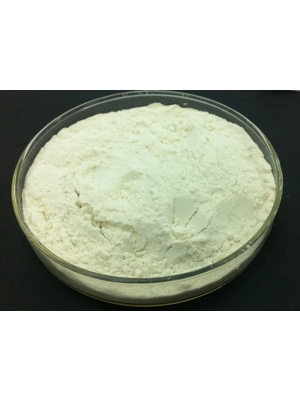Specification
|
Glucoamylase activity |
≥150000BGU/g |
|
Pullulanase activity |
≥2000 BPU/g |
|
Appearance |
Brown liquid |
|
pH |
4.0 - 4.5 |
|
Density |
1.10-1.20 g/mL |
Applications
Compound Glucoamylase turns liquefied starch or dextrin into high purity glucose through the synergistic effect of glucoamylase and pullulanase. The applying effect depends on processing temperature, pH, time and the quantity of dry substrate, etc. The most optimum pH of the two key components matches perfectly at pH 4.3-4.5, within this scope the saccharification can obtain the optimum results.
|
Typical application conditions |
|
|
Liquefaction DE |
13-18 |
|
Dry solids |
28-35% |
|
Saccharification temperature |
58-64℃ |
|
Saccharification pH |
4.0–4.8 |
|
Saccharificationtime |
32-48 h |
|
Enzymedosage |
0.35 - 0.60 kg/tds |
The dosage of Compound Glucoamylase depends on the process conditions and glucose yield. In most cases, the normal dosage is 0.35-0.60 kg/tds(tds:per ton of dry substance), and dosage of 0.45 kg/tds will achieve very ideal results. Also, increased enzyme dosage can efficiently shorten the process time of saccharification.
Compound Glucoamylase adapts to high concentration of dry substrate because of better activity of glucoamylase and pullulanase. Even for the DS concentration as high as 32% - 34%, it could still make the DX value higher than 96% within 32 h .
Storage & Stability
Compound Glucoamylase is recommended to be stored in the original pail below 20 ℃, avoid being directly exposed in the sunlight. Refrigerated below 5 ℃ can obviously extend the shelf life.
Packaging
Compound Glucoamylase is in 28 Kg plastic drum.
More details, please contact:
Email: info@cosuppliers.com
What’s app: 8617828431369











